Instead of the situation where goods are sold out as soon as they arrive, inventories are piled up to the ceiling, causing many people to worry about the future of the solar power market in Vietnam.
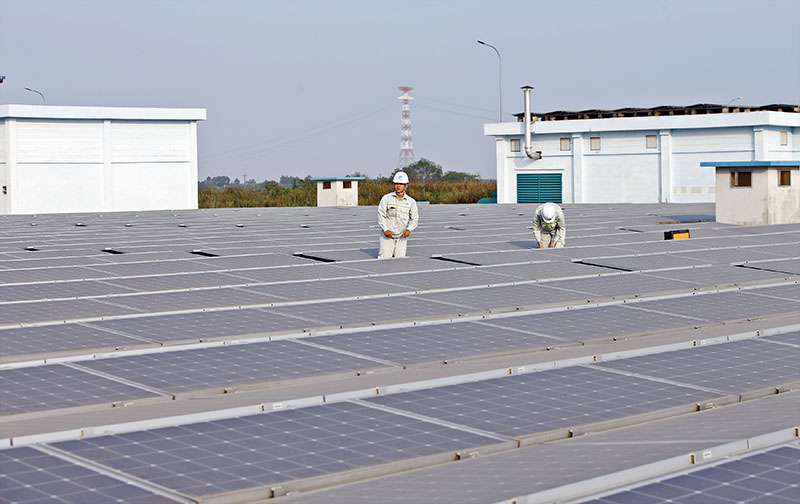 |
| A rooftop solar power project in Hau Giang province. Photo : Duc Thanh |
Slow or stop?
The question “Is the solar power market slowing down or is it over?” was raised publicly by Mr. Le Quang Vinh, a solar energy product sales representative of a foreign enterprise in the current sluggish business situation.
“The solar power market has never been as gloomy as this year. Every year, by June, the goods are sold out, but this year, I feel that the solar power market in Vietnam is really gloomy. The goods are piled up to the ceiling of the warehouse, but not many people have asked about them in June,” said Mr. Vinh.
Sympathizing with Mr. Vinh, many other investors in the solar power sector also admit that the situation is not optimistic.
"Solar power in Vietnam is no longer encouraged to develop as before, many people have left to work in other fields," Mr. Nguyen Binh, an investor in this field, commented on the current reality.
Sharing with reporters from Dau Tu Newspaper, many small-scale renewable energy businesses aiming to build rooftop solar power in the Southern region also admitted their current difficult and sluggish situation as orders have decreased sharply.
Regarding the cause, Mr. Vinh boldly stated that this situation is due to the lack of clear policies and specific guidance on the direction for solar power. In addition, solar power investors also realize that there are too many risks in the current solar power development policy, so they will consider carefully before deciding.
“On the economic side, developers also see increasingly fierce competition as the required discount rate is getting higher, leading to the Internal Rate of Return (IRR) no longer being attractive. Not to mention, the flow of cheap money into solar power in Vietnam has decreased sharply,” Mr. Vinh commented.
Previously, the boom in solar power investment in Vietnam caused the solar power capacity in the power system to increase rapidly.
On January 1, 2021 - the time when the regulation on purchasing solar power at a fixed price ended, the total installed capacity of solar power nationwide reached about 19,400 MWp (of which nearly 9,300 MWp was rooftop solar power), equivalent to about 16,500 MW.
At present, concentrated solar power capacity is 8,949.9 MW and rooftop solar power is 7,722.3 MW.
Confused about the way
Decision 500/QD-TTg approving the Power Plan VIII mentions the power source structure until 2030 with solar power of 12,836 MW (excluding existing rooftop solar power). Of which, concentrated solar power is 10,236 MW and self-produced and self-consumed solar power is about 2,600 MW.
However, to develop, there needs to be clear policies, especially after recent inspections and prosecutions related to the development of this type.
Currently, among the 85 transitional renewable energy projects being negotiated with Vietnam Electricity Group (EVN), there are only 8 concentrated solar power projects with a scale of nearly 600 MW, of which 7 projects have agreed on temporary prices according to Decision 21/QD-BCT issued in early 2023.
In Official Dispatch No. 64/CD-TTg dated June 30, 2024, the Prime Minister requested Deputy Prime Minister Tran Hong Ha to direct the Ministry of Industry and Trade to coordinate with the Government Office to urgently complete the draft Decree regulating the mechanism for direct electricity purchase and sale between renewable energy power generation units and large electricity users, and submit it to the Government for signing and promulgation on June 30, 2024; complete the draft Decree regulating the mechanism and policies to encourage the development of self-produced and self-consumed rooftop solar power; draft Decree regulating the mechanism for developing gas plant projects using natural gas, and submit it to the Government for promulgation before July 15, 2024.
Apart from the above mentioned projects, there have not been any new concentrated solar power projects mentioned.
The reason is said to be that there is no specific policy for new projects that are not in the transitional period, so investors do not know how to calculate.
The 2,600 MW of rooftop solar power mentioned in the Plan for implementing the Power Plan VIII issued on April 1, 2024 to be allocated to localities in the form of self-production and self-consumption also encountered certain reactions.
Specifically, if divided equally among the current 63 provinces and cities, each locality will be able to develop about 41 MW in 6 years (until 2030), which is a very small number.
For example, Ho Chi Minh City - which was allocated to develop 73 MW of self-produced and self-consumed rooftop solar power - is also considered too small, because it can develop up to 5,081 MWp and has developed 358.38 MWp.
With its conditions, Ho Chi Minh City is aiming to develop 748 MWp of rooftop solar power from now until 2025 and 1,505 MWp by 2030.
Ho Chi Minh City has even proposed to the Ministry of Industry and Trade to provide a separate mechanism to develop rooftop solar power to take advantage of and comply with Resolution No. 98/2023/QH15 of the National Assembly on piloting a number of specific mechanisms and policies for the development of Ho Chi Minh City.
On the other hand, many investors are currently interested in the Direct Power Purchase Agreement (DPPA) program, of which solar power is a component.
Sharing with reporters of Investment Newspaper, the leader of a renewable energy enterprise seeking opportunities from DPPA said that existing projects and transitional projects will not be subject to DPPA.
In addition, large customers want to buy cheap electricity during peak hours, but renewable energy such as solar energy depends heavily on the weather. If they do not sign a contract to commit to capacity and output with an EVN power company, when the weather changes and renewable energy does not produce the committed amount of electricity, which source will compensate and how much this compensation will cost is something that large electricity-using businesses must clearly calculate.
Also interested in the DPPA form, Mr. Vinh said that currently, Vietnam does not have a trading floor for carbon credits and I-REC certificates (related to renewable energy production, including solar power), so it must be sold on foreign trading floors.
Therefore, businesses that own solar power plants in Vietnam, although selling electricity to large customers under the DPPA mechanism, are not sure to provide carbon credits/I-REC certificates to help electricity customers prove that they use clean electricity, contributing to reducing emissions.
“When there are still unresolved issues, customers will hesitate, so developing solar power to serve DPPA will also be affected, contributing to increasing inventory of materials serving solar power production,” said Mr. Vinh.


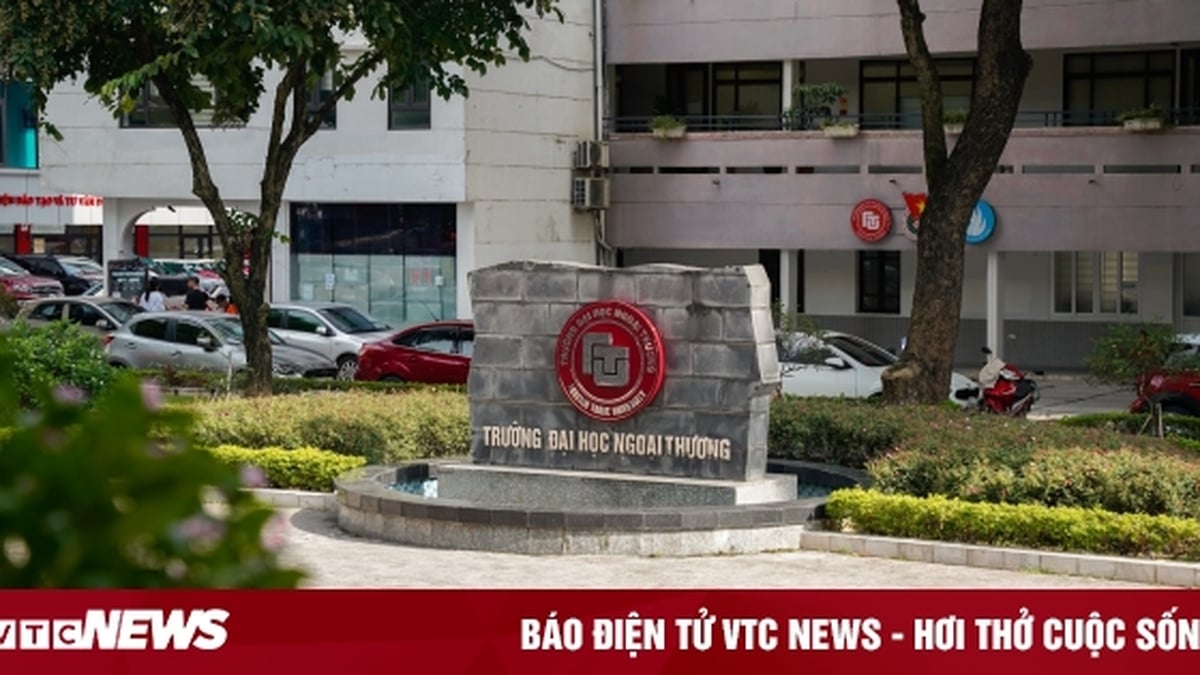

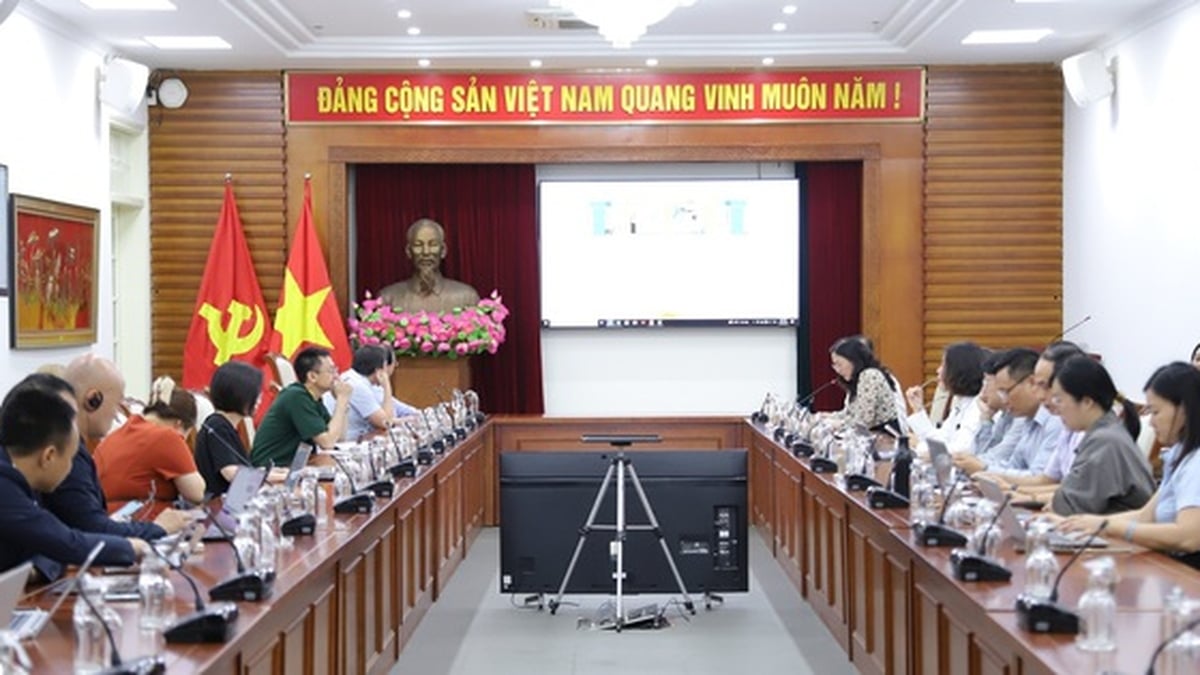

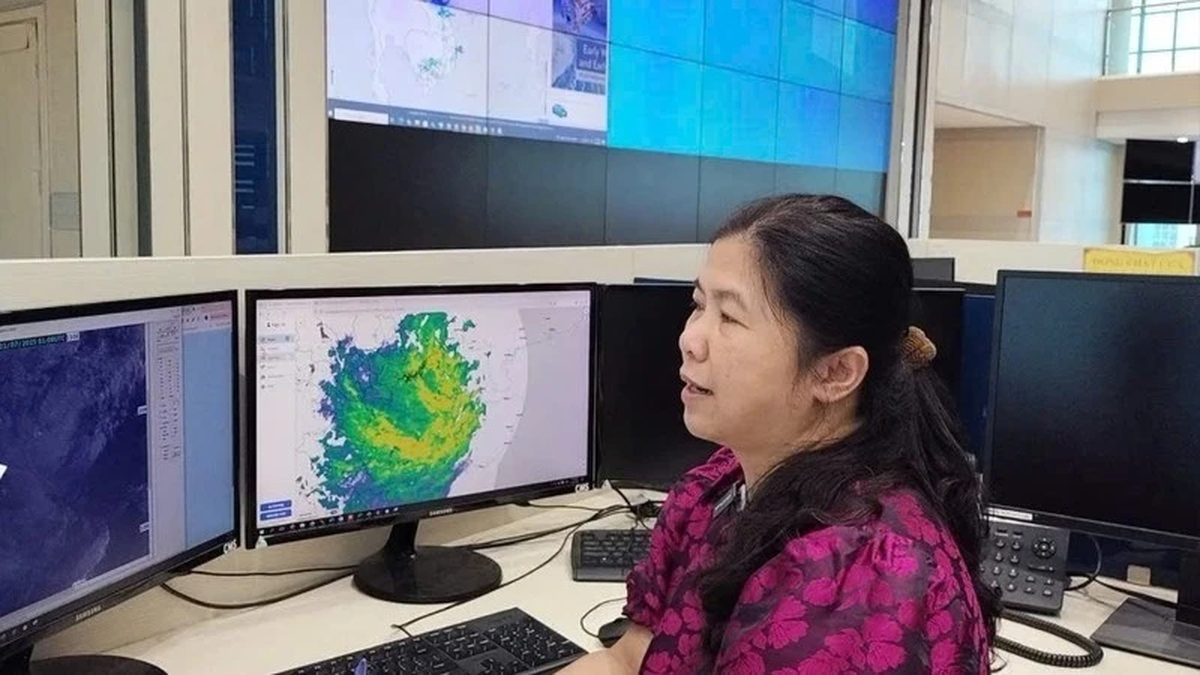
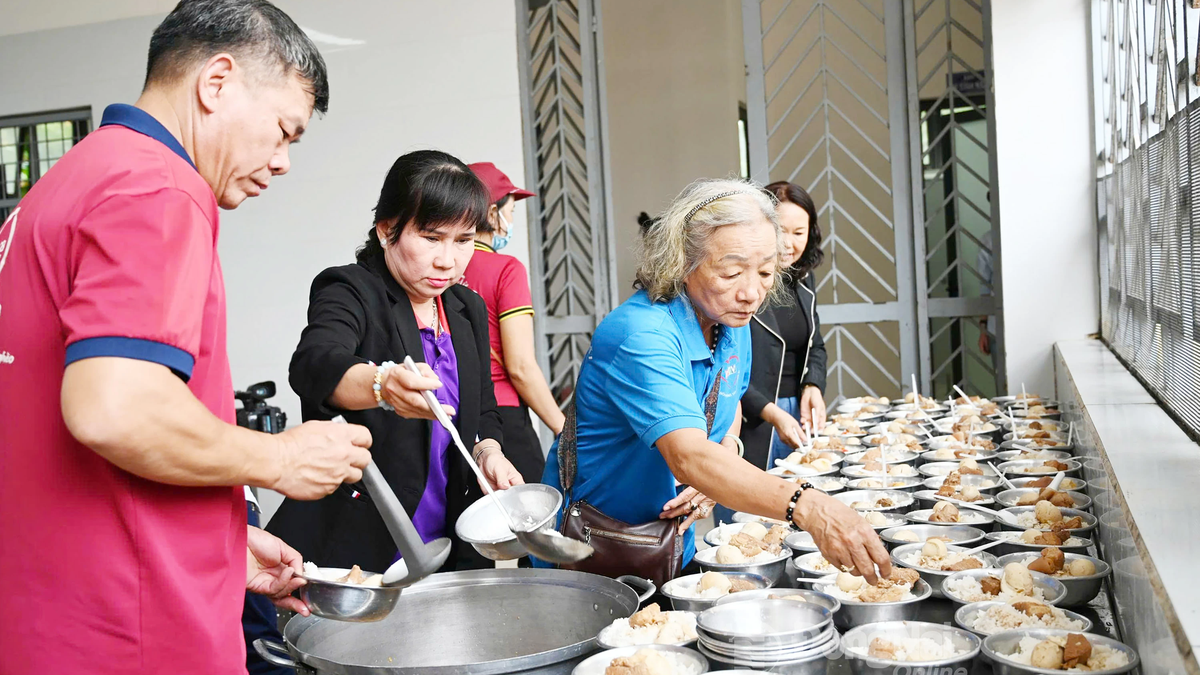














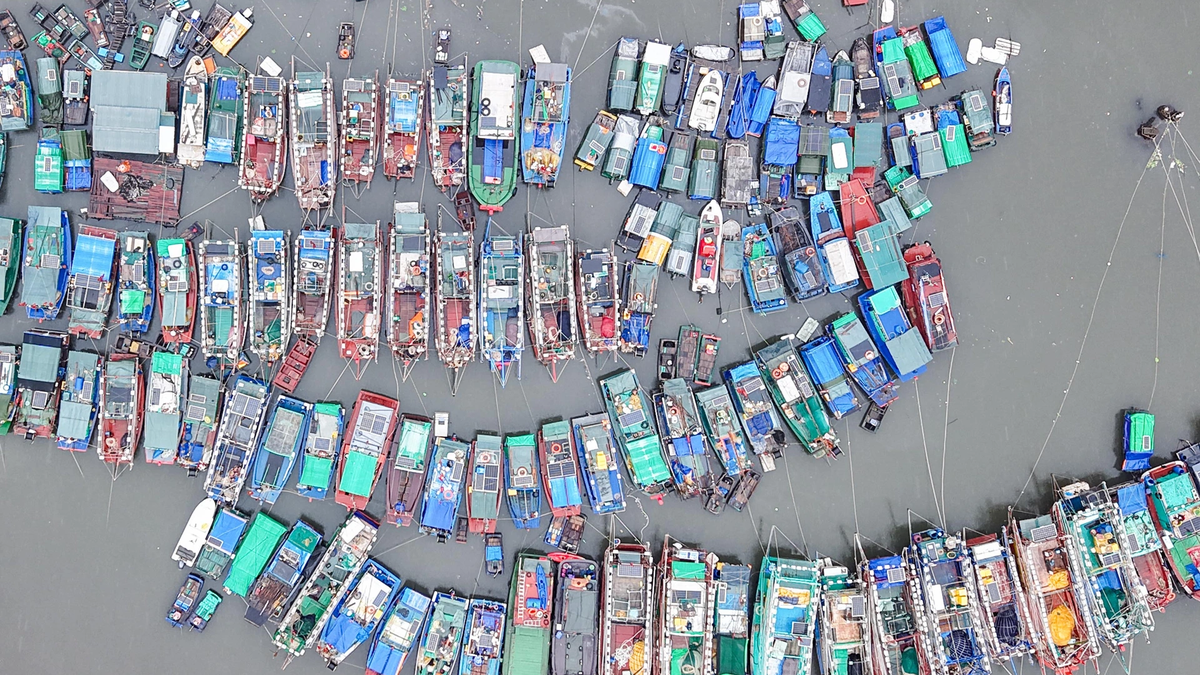



![[Photo] National Assembly Chairman Tran Thanh Man visits Vietnamese Heroic Mother Ta Thi Tran](https://vphoto.vietnam.vn/thumb/1200x675/vietnam/resource/IMAGE/2025/7/20/765c0bd057dd44ad83ab89fe0255b783)








































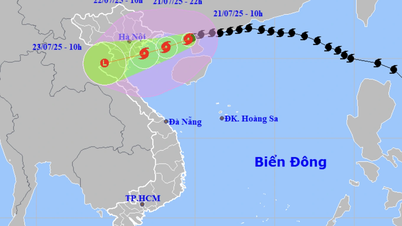



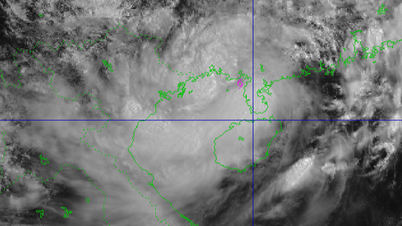



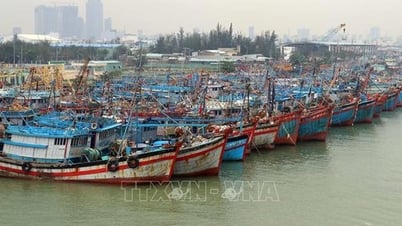


























Comment (0)